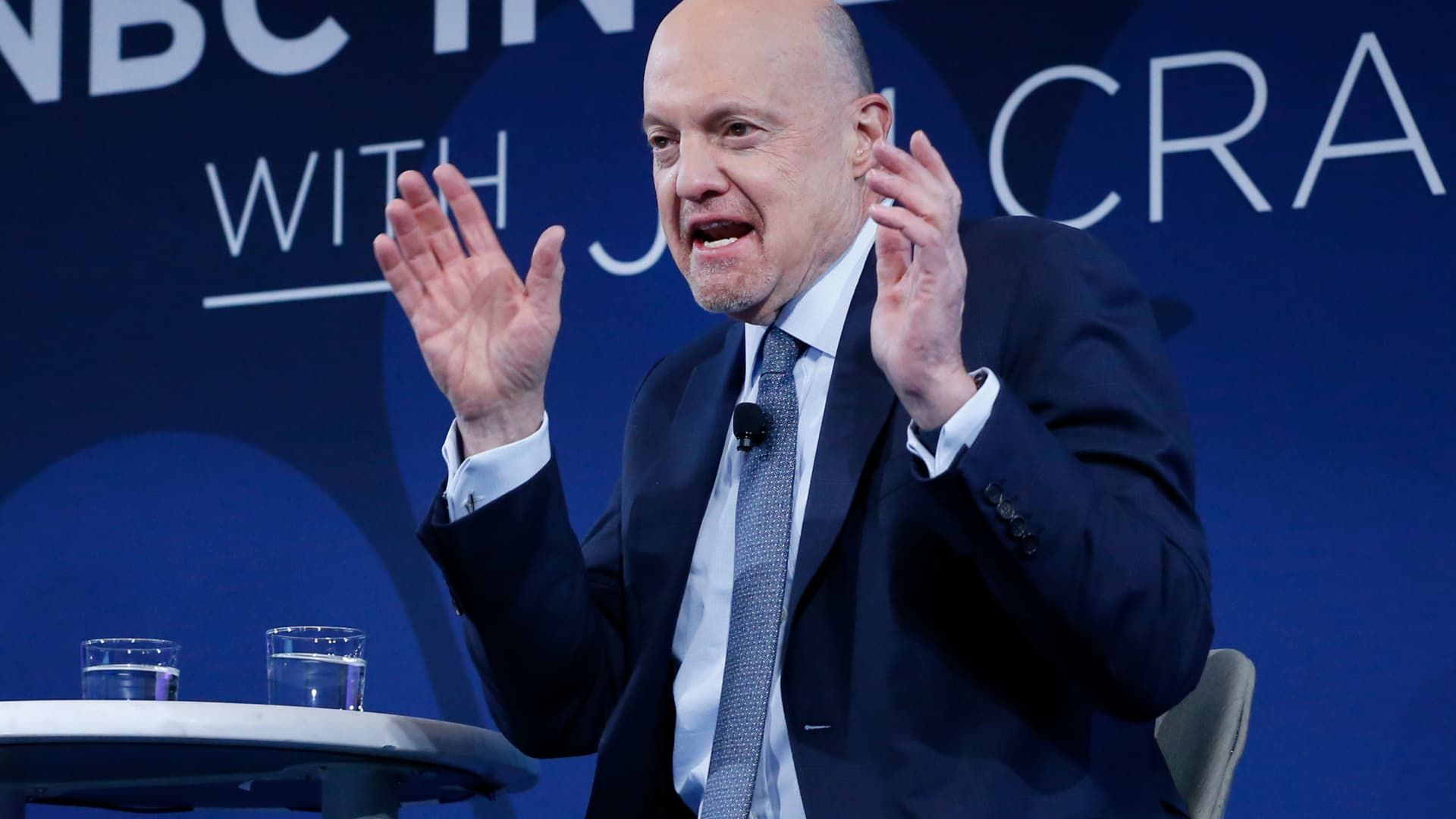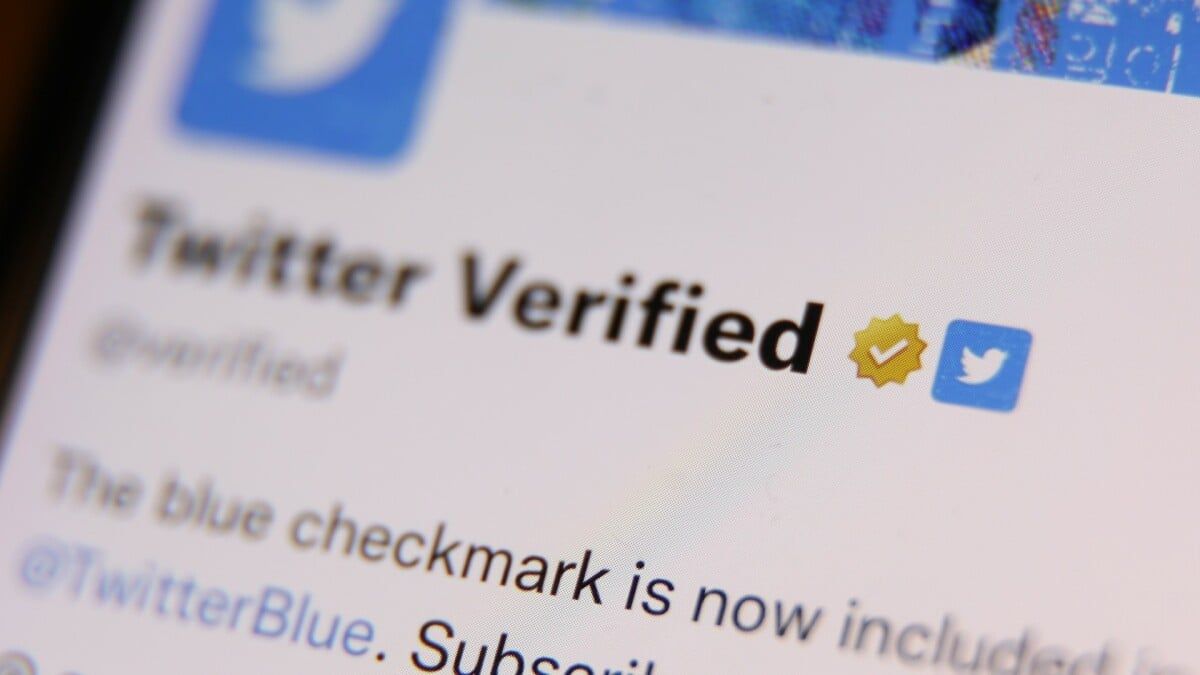I'm a bear when called for, like in 2007. But this stock is for bulls
All my investing life, which now spans more than four decades, I have listened to people tell me about how there's a real threat to the stock market, one that I am taking too lightly. They tend to sound smarter than me, and they have little doubt. Meanwhile, I'm consumed by doubt, as you must be if you're a good investor and take every threat to the system seriously. You have to check out all possible negatives, especially the ones that are liable to wipe out any gains and then some. It's always daunting. The bears, and they are bears, are always armed with ammo that would make you feel as if you're just "whistling past the graveyard," a cliche as varied as "canary in a coal mine," which I think should be retired given that almost no one still mines in those kinds of coal mines. Yet, only once has the system been threatened and that was the Great Recession. I always thought it was intriguing that I was attacked by comedians dressed as intellectuals from the left and the right for NOT signaling there were real problems in the system. However, I can take pride that my "highly articulated" fears made it into the Federal Reserve notes in 2007 where I was mocked for being a Cassandra. I don't bring all this up to extol myself, but I do desire to be recognized as a credentialed bear when it came to being bearish back then. Which brings me to today. I have not been bombarded with as many warnings about how we are about to embark upon a wave of failures of all sorts — shadow banks, regional banks, commercial real estate lenders, real estate investment trusts — at any time since 2007. And, I am beginning to wonder if these negativists aren't too close to situations that might resolve themselves rather positively. Let's take commercial real estate. It's absolutely true that there's plenty that's negative about it. We have some cities where a combination of crime and work-at-home have decimated the office market: New York City, Seattle, Portland and San Francisco always come up. Now, I don't want to go as far as CEO Marc Holliday from the more than 13% yielding SL Green Realty Corp (SLG), where he sees green shoots in the most contaminated portions of New York. On his post-earnings conference call less than two weeks ago, he waxed about the "improving trends we see in New York as the office sector continues its recovery." Holliday bemoans the doom and gloomers and says their "overly negative voices are overshadowing some of the positive signs that portend of a slow but steady recovery.'' He presents evidence that train rides are almost back to pre-Covid pandemic levels, although his qualification says that almost back means 74%. In fact, Holliday spends a great deal of this call rebuffing the bears even talking about bail reform, which he believes would make the town safer. But all of his qualifications don't sound like green shoots to me, they sound like they are glass half-fulls when glasses could be more informed by a half-empty perspective. I mention SL Green because it may be the most challenged of the REITs, real estate investment trusts, other than Vornado Realty Trust (VNO), a historically fine New York real estate concern, which just delayed its dividend. I point it out because it's often whispered as "the one next to go." Now Holliday may be the most optimistic person on Earth, and he can't be trusted at all. But perhaps things are getting better given that there are, indeed, more people back to work. The analysts peppered Holliday with contemptuous questions, which I found well-parried, but would drive any bear up the wall. Indeed it is a conundrum: the publicly traded REITs are considered to be excellent at their job, almost storied at what they do. I just don't see them to be the dreamers slash crooks of the big 2007-2009 debacle. When you drill down, you hear that it's the insurers where the big bad lead deals lie. Again, I want to believe that's the case. I want to be as skeptical as the next guy, or the guy after him, but I have not been able to locate the insurers with the risk. Again I spotted them in 2007, so I know the forest. But this time around I just can't find the darned trees, the mortgage insurers, the bond charlatans or the derivatives demons; it's an ilk I look for and I thought just the other day I had nailed one — but, when I went deep under the hood I saw rot but not structural rot, more penthouse rot to elongate the analogy. When I dig deeper I hear that the bogeymen lurk in private equity, in shadow banks and REITs like Starwood Property Trust (STWD), rapidly becoming a short favorite for its use of leverage. Then I go and read what CEO Barry Sternlicht says about being a potential grave dancer, with a lot of borrowing capacity, and I think that it's unlikely this is the storm that washes away a much-praised, rigorous entity. Now with big buildings being in limbo — it's all the lease expirations — I venture to other links of the food commercial real state chain and it just seems boorish. Strip malls: full. Outlet malls: full; shopping centers: full; shopping malls: full; triple net lease single tenants: full. It's so tight that there were REITs secretly hoping for Bed Bath & Beyond to go under so that much higher leases without a lot of build-out could be signed. Throughout this process of divining the weakness I begin to think, are the bears working nearly as hard as I am to probe? I mean I am sending platoons of colleagues out there to spot this ever-growing mold and I just can't find it. Even the obvious stuff: the collapse of Credit Suisse and the denouement of the very cool old tower at Madison Square Park, didn't make me flinch. Now there are so many other places that I get sent to for the no man's land between bull and bear that could be taken by a spring offensive of negativity, but it just doesn't compute. Shouldn't DR Horton (DHI), Lennar (LEN), Pultegroup (PHM) and Toll Brothers (TOL) be on the verge of being overrun? Instead, they are on or near the 52-week-high ground. The consumer is supposed to be strapped but where is the dollar store trade down? Where is the abandonment of brands? And, autos? Did anyone even bother to notice the strength of General Motors (GM), which reported the prototypical sharply better-than-expected refrain of what could end up being a record-breaking earnings season? Believe me, I am willing to hunt in the obvious or the dark worlds to find the various Achilles Heels out there. But it keeps coming back as a foolish rank in podiatry. Brunswick (BC), the biggest boat company, reports and we get a prosaic beat. Yes, we get a shade down, but a benign one. Oh, and wasn't this the quarter that the big cyclicals were to meet their maker? Steel has often been the first to collapse. But Cleveland-Cliffs (CLF), the largest flat-rolled steel company, has a solemn stock but not a solemn quarter, just a non-noteworthy one. They are the biggest auto supplier and their lines are sold out. Paper and plastic have come down a lot but not enough to make us fret, especially when all seems to be stabilizing at low levels. I understand that J.B. Hunt Transport Services (JBHT) says we are in a "freight recession," but we aren't getting that from FedEx (FDX) and we did six months ago. Sure we got some real negative commentary from United Parcel Service (UPS), but I am beginning to wonder if the fault, Dear Carol Tome, is not within the stars but within yourself. Semis? The bottom is in, which does not mean we can climb through the valley of that death, but we can at least stop going deeper. I want more than ever to let my homework take me in a different direction. It would be satisfying to side with at least a cub or two. But I need evidence — and right now, at this moment, the facts keep getting in the way of a hell of a story, one that I can adopt but we are NOT in a "they know nothing moment" when I truly did believe the worst was yet to come. Sadly, or, happily pending on your disposition, or more importantly your, positions, there are no four horsemen of the apocalypse ahead at this moment, and we can't create them when they don't exist, in fact we can't even make them with ChatGPT. (See here for a full list of the stock in Jim Cramer's Charitable Trust.) As a subscriber to the CNBC Investing Club with Jim Cramer, you will receive a trade alert before Jim makes a trade. Jim waits 45 minutes after sending a trade alert before buying or selling a stock in his charitable trust's portfolio. If Jim has talked about a stock on CNBC TV, he waits 72 hours after issuing the trade alert before executing the trade. THE ABOVE INVESTING CLUB INFORMATION IS SUBJECT TO OUR TERMS AND CONDITIONS AND PRIVACY POLICY , TOGETHER WITH OUR DISCLAIMER . NO FIDUCIARY OBLIGATION OR DUTY EXISTS, OR IS CREATED, BY VIRTUE OF YOUR RECEIPT OF ANY INFORMATION PROVIDED IN CONNECTION WITH THE INVESTING CLUB. NO SPECIFIC OUTCOME OR PROFIT IS GUARANTEED.
CNBC Investing Club with Jim Cramer Rob Kim | NBCUniversal
Source: CNBC


